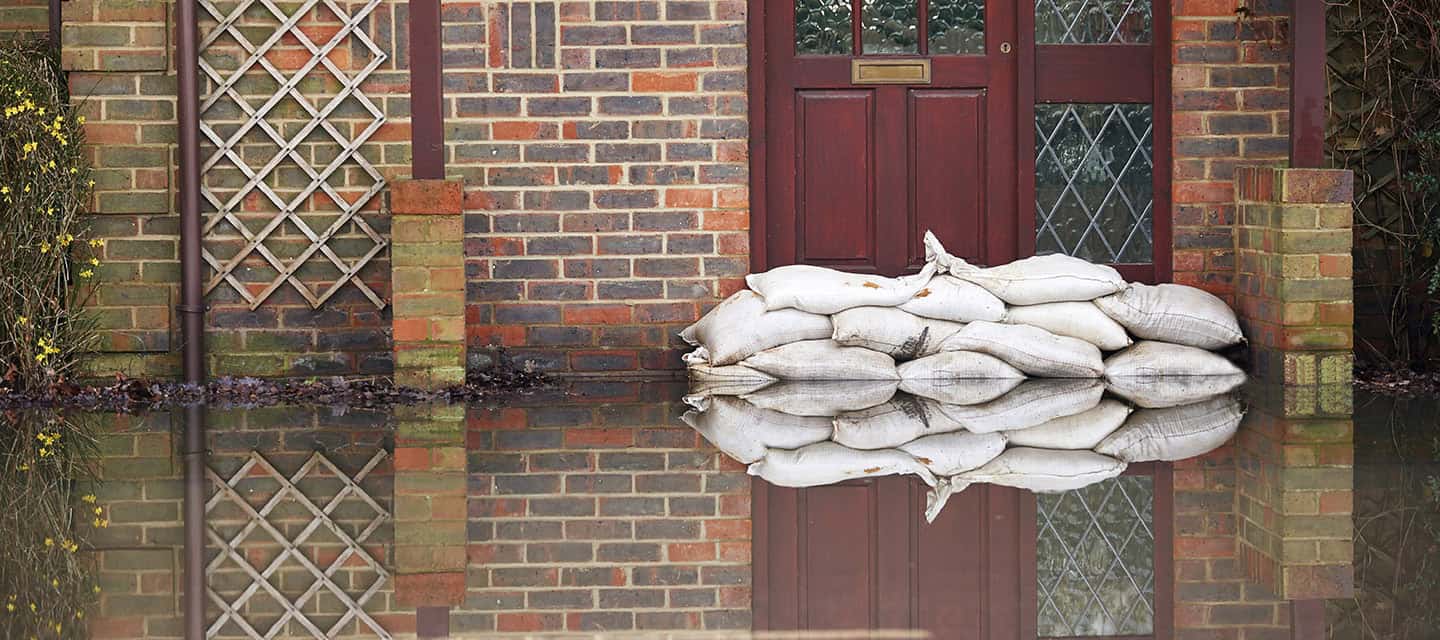

Is your house flood-proof? Use our step-by-step guide to make your home more resilient to floods.
As we encounter wetter winters and more frequent storms, it’s no wonder the risk of flooding is on the increase.
Thankfully, there are several measures you can take to prepare for floods in advance.
Sign up for flood alerts in your area at gov.uk or download the Met Office app for interactive weather maps. Even if you don’t live close to a major watercourse such as the sea or a river, it’s useful to know the Flood Warning codes, which consist of a red triangle with 1-3 wavy lines underneath depicting the severity of the flood.
You can also check with the Environment Agency to find out if a property has a history of flooding or if an area has a long-term flood risk.
There are several measures you can take to flood-proof your home. Wherever possible, choose water-resistant materials, especially on the ground floor.
One of the best flood defences for your home is a flood barrier, which you can make yourself. Fill hessian sacks ¾ full of sand or sandy soil and keep them ready to put in front of doors in case of flood.
You may want to consider buying or making flood doors if your home is in an area of risk.
Choose synthetic materials for windows and doors or use wax or varnish on wooden doors and skirting boards to protect them against ingress of water.
Keep electronic devices and personal items upstairs including important documents such as your passport, driving licence, medical information and insurance documents. Keep electric devices off the floor on as high a shelf as possible and install wiring and sockets 1.5 metres above floor level.
Invest in some airbrick covers to stop water from coming through ventilation bricks. Choose tiles instead of carpet because they’re much easier to clean after a flood.
Use water-resistant materials for floor-standing units and house appliances off the floor if you can. Fit non-return valves on toilets, drains and water pipes.
To improve the drainage around your house and outbuildings check for areas where water pools when it rains and use permeable materials such as gravel that allow the water to flow more easily to prevent surface water floods.
In particular, think about drainage when planning driveways, decking, patios and paths. Keep drains clear and install soakaways (holes filled with gravel or loose stones) under downpipes that do not lead directly to a drain.
Use some leafy plants to absorb water and add gravel support mats to improve drainage at the edges of lawns. Add SUDS (sustainable urban drainage system) planters to your garden design.
Install a freestanding or wall-mounted water butt to collect rainfall and maintain roofs and guttering.
Install guttering to divert water away from timber sheds and fit a water barrier to your garage door. Remove leaves or debris from guttering to prevent overflow.
You don’t need to take out specific insurance against flooding but make sure you have the right amount of cover in place to protect your home and belongings.
You’ll need to check if your insurance covers alternative accommodation if you have to move out of your home. Will it also cover the cost of replacement or repair of flood damaged items and for drying out walls and floors?
Saga Home Insurance offers up to £1 million cover for buildings and up to £100,000 for contents. Buildings insurance covers alternative accommodation up to £100k for Select customers and up to the Sum Insured for Saga Plus, meaning you, your family and domestic pets can live somewhere safe while damage caused by the flood is repaired.
Contents insurance for both cover levels will include any of your belongings damaged by flood with new for old replacement if they are damaged beyond repair.
What’s more, if you live in a flood risk area, you may be able to get more affordable home insurance with Saga through the Flood Re Scheme, which is included as part of your policy.
You can prepare in advance for an emergency flooding situation. Start by finding the master switches for your electricity, gas and water supply, so you know how to turn them off quickly in the event of a flood alert.
Compile a list of emergency contact numbers including friends, family or neighbours who you can turn to for help and keep a copy on your phone.
Your flood kit should contain copies of your home insurance documents, along with your mobile phone, contact list, power pack and charger. Pack a torch, spare batteries, first aid kit, reflective clothing and warm layers including blankets, keep food in waterproof containers or tins and use bottled water.
Shut off your energy and water supply if safe to do so. Get to a high place with an escape route. Avoid walking through flood water, which may be contaminated by sewage.
If you’re in danger, call the emergency services and evacuate if they advise you to.
Should your home be affected by flooding and you need to make a claim get in touch with us straight away so we can start the process. Try and include photographs of flood damage if you can.
Whether you're looking for straightforward insurance or cover that's packed with extras, our home insurance has plenty of options for people over 50.
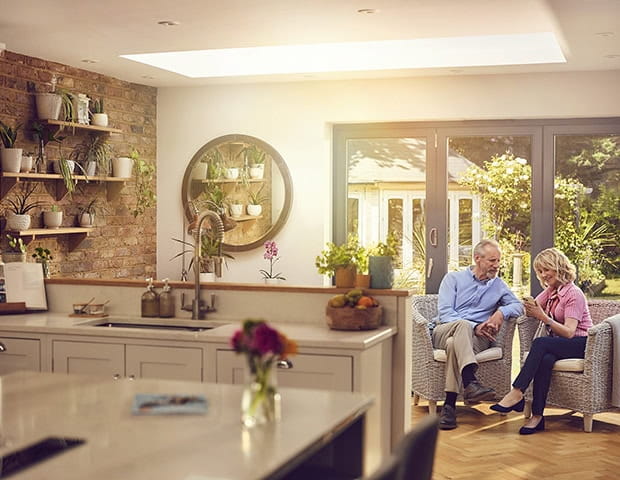

Choose our highest home cover level Saga Plus and freeze the price of your home insurance for 3 years if nothing changes. T&Cs apply.
There's plenty to explore and learn about our home insurance cover.
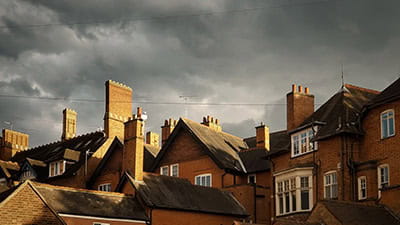
Find out all you need to know about storms and home insurance – and the most important thing you need to do to prepare for one.

Fix the price for the next 2 renewals with Saga Plus home insurance. You'll have no surprises when you come to renew. T&Cs apply.
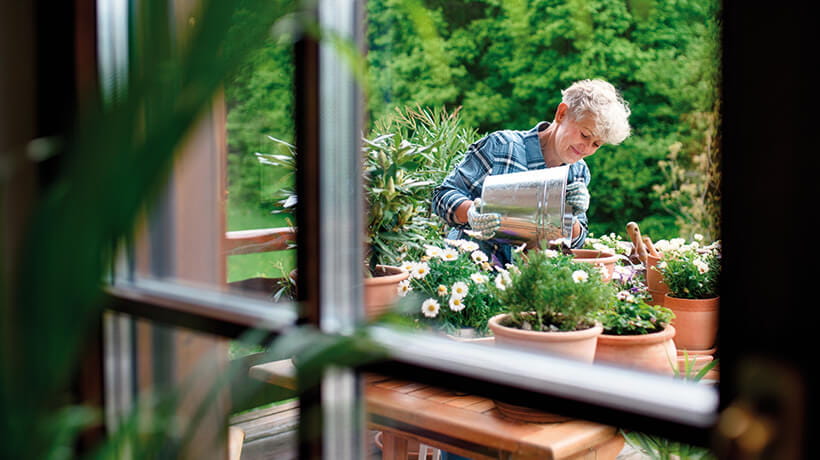
Saga home insurance comes with garden cover included. Find out what’s included and get tips to help secure your garden.

Protect your favourite things against theft, fire and accident with up to £100,000 content cover at a 3-year fixed price.

Here’s how to make sure your home is as safe as possible from burglars.
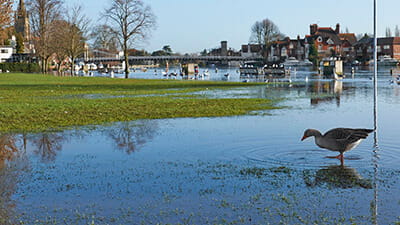
Our home insurance with Flood Re can make it easier and more affordable to cover your home if it’s in a high-risk flooding area.
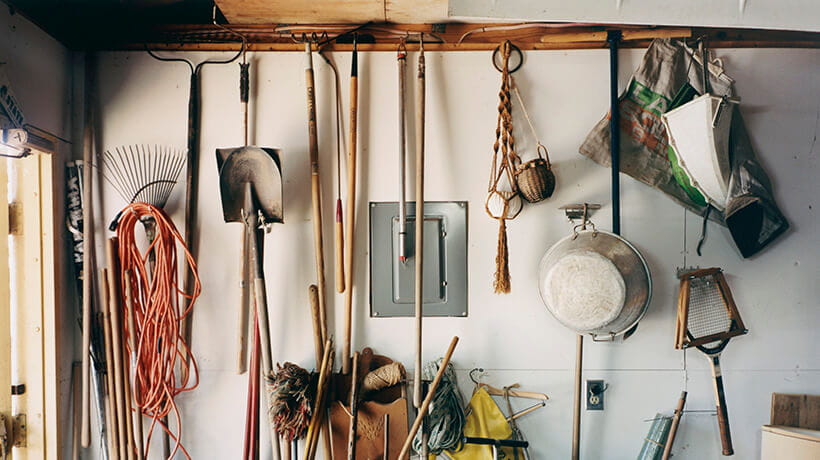
Does a home insurance policy include your garage contents? Read our garage insurance guide.
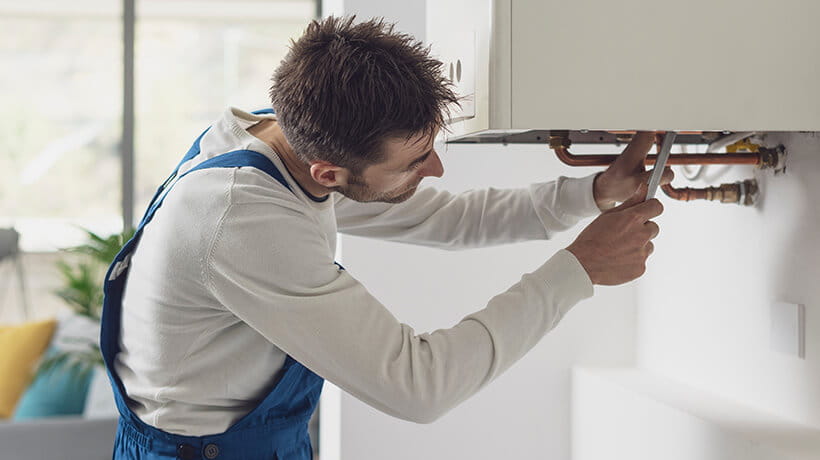
Keep your home toasty and fuel-efficient with a few simple boiler maintenance tips. Avoid costly callouts with the help of our boiler care year planner.
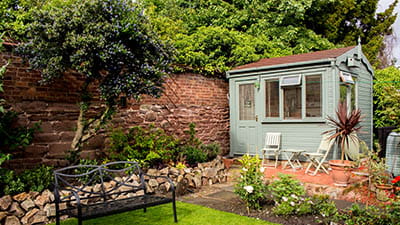
Do you have insurance for your outbuildings? Make sure you have the right cover for the structures in your garden.

Having a flat roof can make your home more prone to weather damage. Keep your home protected with flat roof insurance.

Find out whether you can claim on your home insurance for your mobile phone.

We’ll help you recognise the signs your boiler may be close to breaking down, find the best replacements, and estimate boiler prices so you can keep your home warm all year round.

Get the full picture on how new build home insurance works when you buy a home.

How to choose the right solar panels for your home and check what permissions or insurance you might need for solar panel installation.
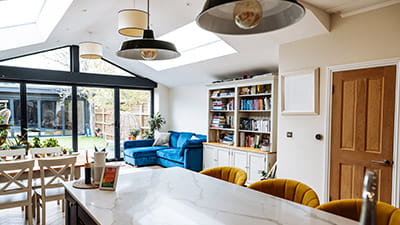
Planning some time away? Make sure your property is still protected if you leave it empty for a while.
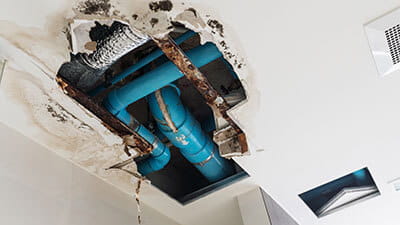
Limit the damage caused by water leaks and burst pipes in your home.